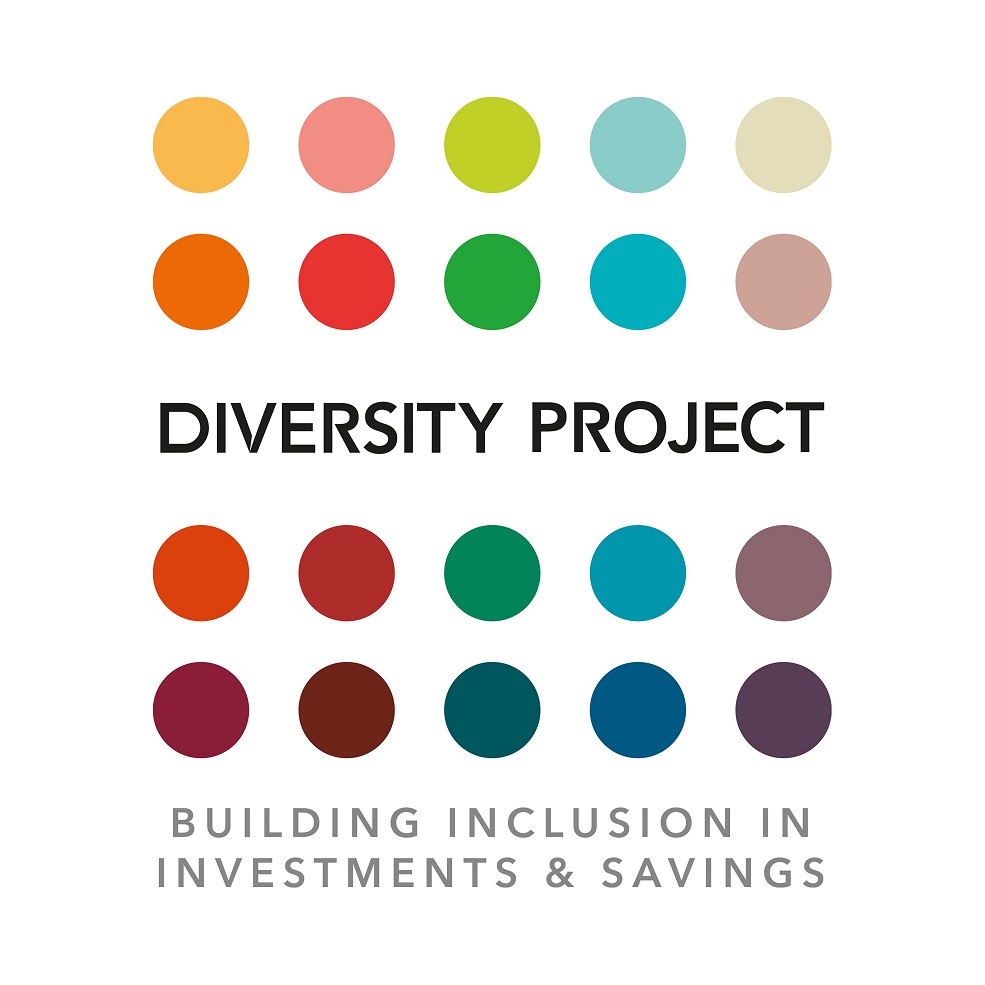It’s where budding tech entrepreneurs want to be, it’s the engine room of the West Coast that accounted for 60% of all US private equity dollars invested in 2018. It is arguably Rome for the digital 21st century.

Silicon Valley feels like the Roman Empire
Article last updated 19 February 2023.
t the height of its imperial power 1,900 years ago, Rome was a city of contrasts. It was full of money, power, technology and opportunity. Yet poverty and grime surrounded the city’s gleaming marble columns and opulent patricians.
Silicon Valley, the 30-mile strip of land running south east from San Francisco to nearby San Jose, is one of the most hyped places on earth. It’s where budding tech entrepreneurs want to be, it’s the engine room of the West Coast that accounted for 60% of all US private equity dollars invested in 2018. It is arguably Rome for the digital 21st century.
I stopped by San Francisco to catch up with my brother 'on the way home' from meeting companies on the East Coast. He lives with his family in Oakland, so I can’t pass up even a half chance to see them. Like many people, when they were looking for a place to buy they came up against pretty spicy prices; demand for property at the centre of the world tends to be red hot. Oakland is across the bay from San Francisco proper. A former naval base and still one of the busiest ports in America, it’s now buzzing with the new economy as well.
While the West Coast is at the cutting edge of the digital revolution and most major US cities are at least close to the handle, the rest of the nation is very, very far behind. The potential growth of digitisation in the US is massive. That’s in things like small businesses creating websites which don’t look like they were built in the late 1990s. Many American businesses’ online presence is little more than a digital Yellow Pages advert — virtually worthless as an e-commerce portal. And if the customer-facing parts of the company are that bad, imagine how much modernisation needs to happen with the back-office stuff — about half of all inter- business payments are made with cheques rather than electronic transfers…
From the rise of e-commerce to better web design and investment in up-to-date business systems, companies selling these services have another decade of growth at twice the rate of GDP growth, in my opinion. That’s why I own a number of them, because I think we are nowhere near ‘peak’ internet.
This includes companies like Adobe, in San Jose, which delivers that most basic yet versatile of digital documents: the humble PDF. It’s a simple yet crucial tool in an increasingly online age. But that’s not Adobe’s only business. It owns a whole suite of other programmes that have become indispensable to professionals and hobbyists alike. Take Photoshop: it’s effectively a digital darkroom for photographers. Or InDesign, the 21st century’s typesetting department for publishers. The digitisation of business has further to run, in my opinion, which is why I own Adobe. Also, I think the company’s move toward a subscription-model and away from one-off purchases should smooth cash flow and make its returns on capital much more attractive.


Cognizant, based in New Jersey on the other coast, is another company in my portfolio. This IT giant helps businesses plan their digital strategies and then provides the full range of services to make it happen. It does a lot of work with healthcare providers as well as financial services, essentially specialising in helping intricate businesses digitise — a difficult job that not everyone can do! Another large portion of its business is taking on outsourced IT work for other companies. Cognizant is smaller than many of its competitors, but we think its value stacks up and its business model is sound.
One of the most high-profile Silicon Valley companies out there helping businesses roll out digital upgrades is Salesforce.com. It’s impossible to miss this company, given the $1.1 billion tower that carries its name that can be seen from everywhere in the city. Salesforce has come a long way in its 18 years of existence. Last year’s $13.2 billion of revenue was a staggering 13 times higher than it was 10 years ago. As of December 2018, Salesforce is now the largest employer in San Francisco.
I don’t own this company because I think it’s just too well-loved: there’s a lot I admire about Salesforce, but it’s very expensive and doesn’t fit with the style I’m trying to run. Its founder and chief executive, Marc Benioff, recently issued a mea culpa about the tech industry’s hand in San Francisco’s inequality 'train wreck'. He was an advocate for boosting a payroll levy on big San Francisco businesses to raise money to fight homelessness in the city. Prop C, as it was called, is expected to deliver an extra $300 million, or 70% more, a year for housing and welfare. This split Silicon Valley’s patricians, with some tech billionaires believing it was the industry’s place to help solve the problems at home while others thought it was unfair.
Many people in the tech industry have grandiose dreams and ideas for solving the world’s problems, but perhaps some have forgotten that help should really start at home.
Here’s an interesting fact: despite the generosity of many high-profile tech moguls, the IT industry as a whole isn’t actually that philanthropic. According to a report by the Philanthropy Roundtable, tech-heavy cities like San Francisco, Seattle and Austin noticeably lag other large, more broadly diversified cities when it comes to the proportion of annual income citizens donate to charity. And when Bay Area residents, companies and foundations do give money away, a full 90% of it goes to groups and charities that operate elsewhere. Many people in the tech industry have grandiose dreams and ideas for solving the world’s problems, but perhaps some have forgotten that help should really start at home.
Hanging around the city — even across the bay from the Golden City in Oakland — you can sense the amount of money bubbling around. And when you swing by some of the shops you can feel the cruel economics such concentration of wealth creates (anyone who has visited the mean streets of Switzerland will know what I mean). We had a quick bite to eat at a nice little Lebanese place: flat bread, ground chickpeas and a kebab was upwards of three times what it might cost in London. I was thankful I hadn’t suggested steak!
This kind of voracious inflation has had massive social effects on San Francisco and the wider Bay Area. Taking an Uber from Oakland to the train station on the way to the airport, I got talking with the driver. He was intrigued to see a British visitor — there used to be quite a few tourists from the UK and Australia he said. But since the cost of living rose (and our two countries’ currency slumps won’t have helped), fewer and fewer now seem to drop by. I asked him how business was as an Uber driver in the tech 'mecca'; turned out he was actually a full-time software programmer by day. He had a wife and two kids at home, an hour outside of the city, so this incredibly smart, well-educated guy was driving a cab at night to earn extra cash to make ends meet. Imagine adding another shift at the wheel to your two-hour daily commute…
Many, many people have been priced out of this place because of astronomical rents and costs of living. Others have been even more unlucky: it’s not hard to go bust quickly here.


San Francisco has the second-highest concentration of billionaires and the highest rate of homelessness in the US. It’s a stark reminder that Silicon Valley is exciting and innovative but in no way some kind of utopia. You drive (everyone uses ride-hailing, like Uber or Lyft) past fancy restaurants, beautiful parks and ageless architecture as often as you pass homeless people, used needles, tents and urine stains on the sidewalk. There is so much money and opportunity here, but a whole lot of sadness too. San Francisco has always had a lot of people living on the street, but the number has risen noticeably since 2011 and now stands somewhere around 7,000. That’s close to one person out of every 100 city residents currently homeless.
And the irony is that this is supposed to be the place that disintermediated the world: the place that created the gadgets and systems that allow us to connect with anyone, anywhere. The cradle of the e-commerce that helps us find the best-priced option with just a few taps of a smartphone, is now packed to bursting with more people than it can handle. I guess remote working was a fad.
All of this reminds me that capitalism isn’t that healthy right now. There are plenty of things that need fixing and companies’ social impacts are just as important as the products and the profits they make.
That’s why I run the fund I do. I love finding great companies that can succeed and make investors money while not costing the earth or our society.

Increasingly investors are demanding that companies show they act ethically, source sustainably and don’t abuse the planet. Rathbone Global Sustainability Fund manager David Harrison’s report ' In pursuit of green' shows American companies are starting to take notice. If American companies – some of the most profit-focused businesses on Earth – can be swayed to become sustainable, anyone can.
Visit our 'in pursuit of green' hub.







